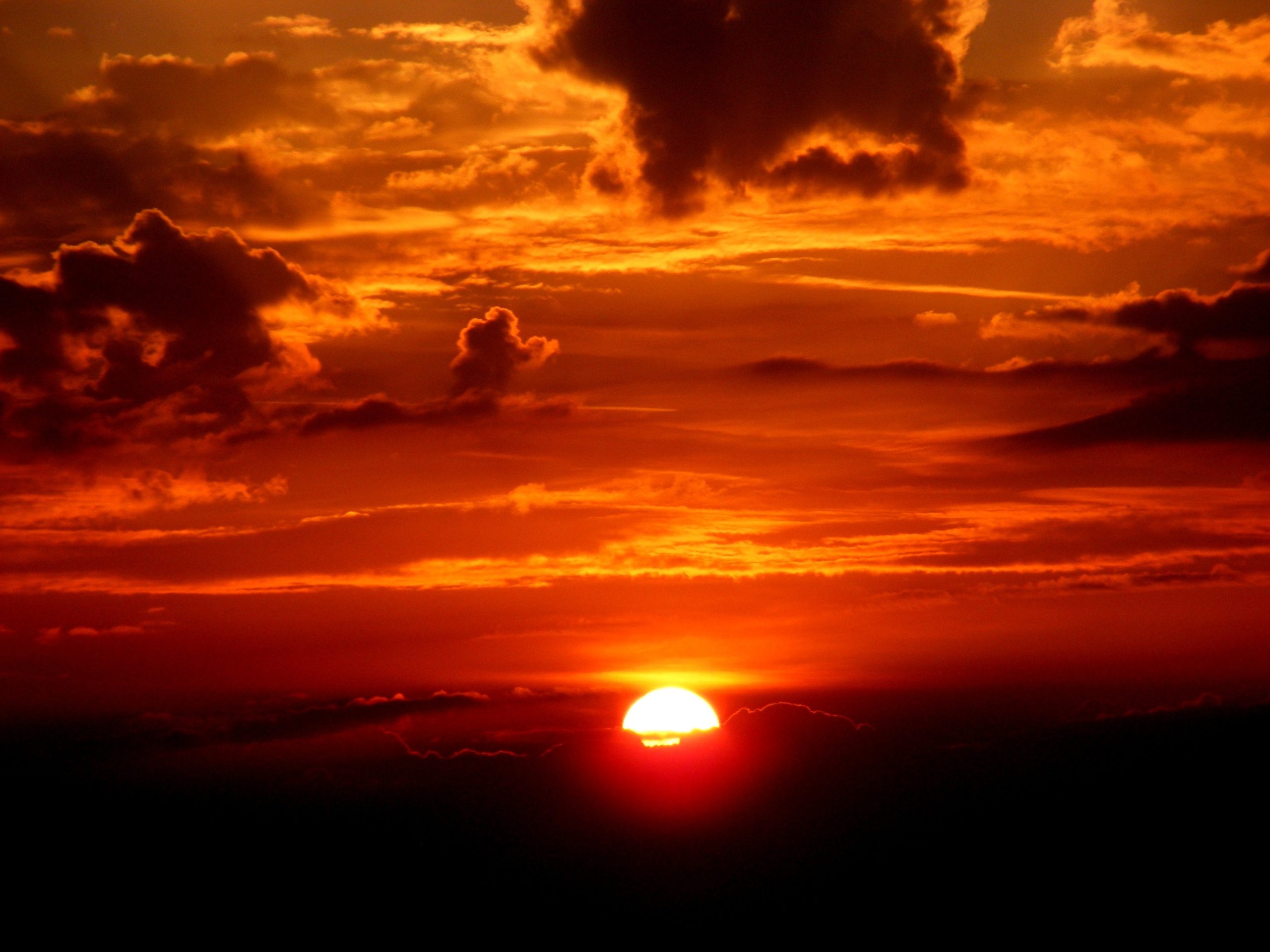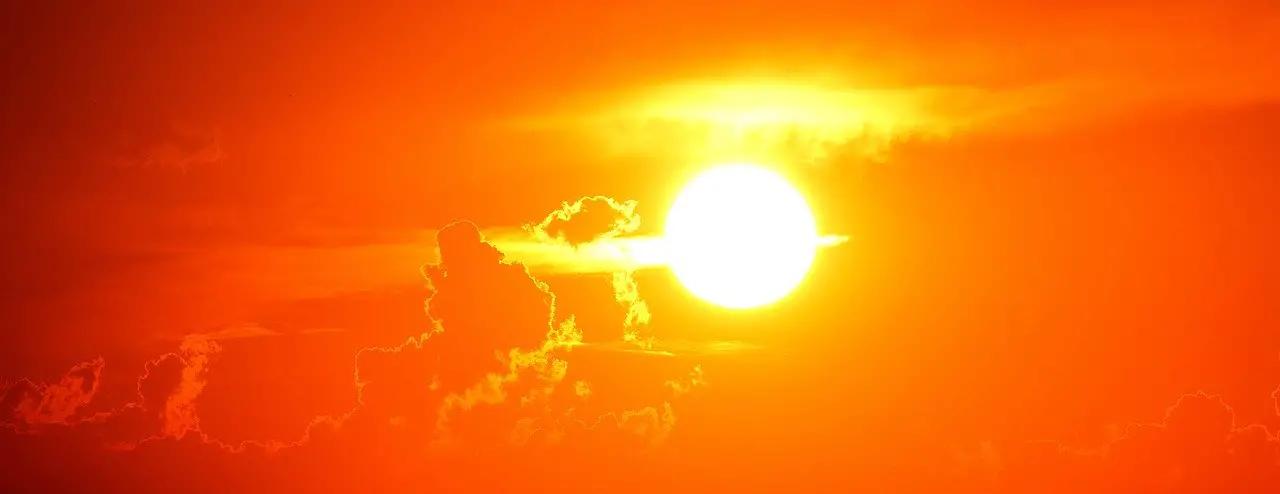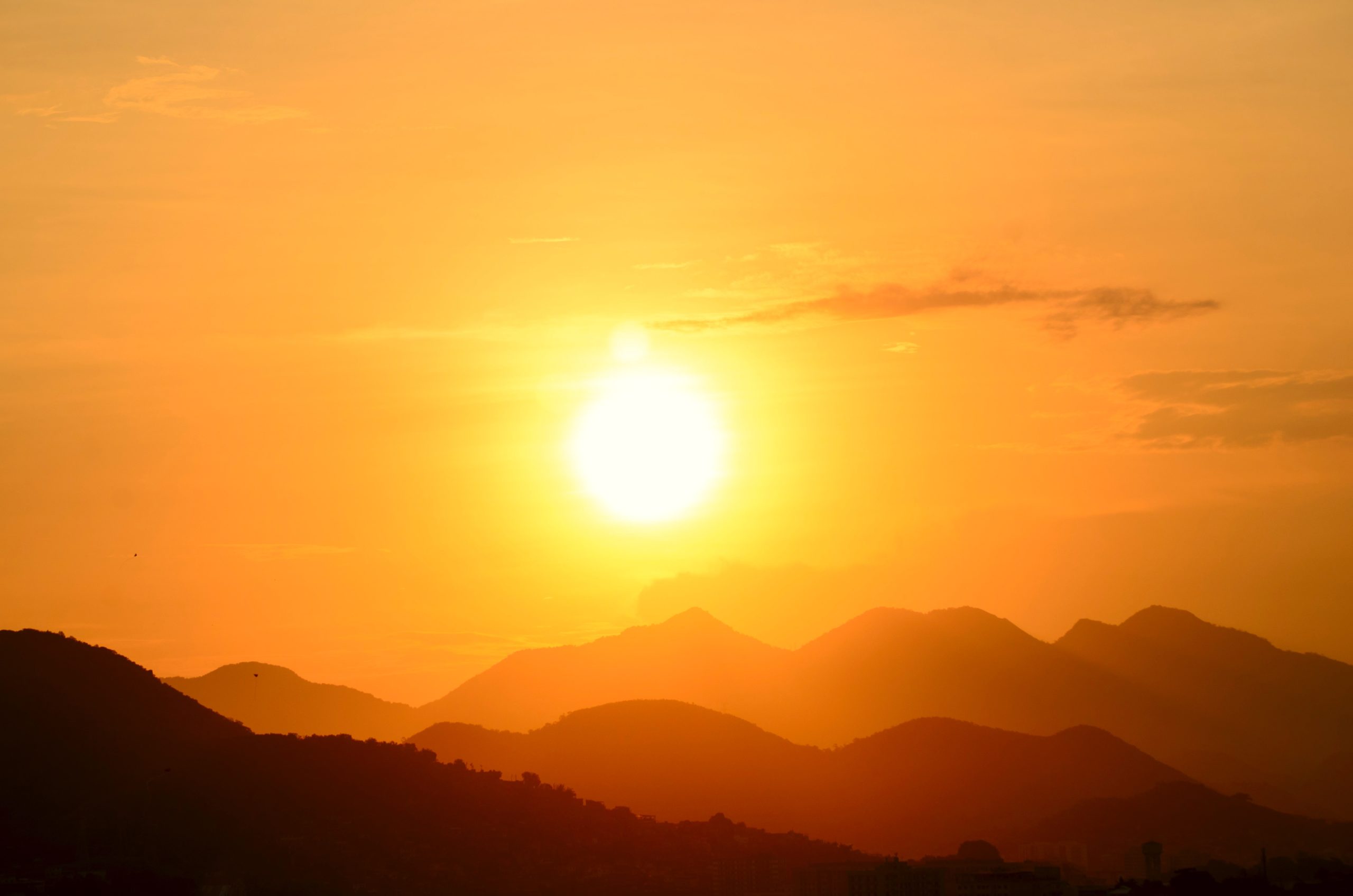The sun goes down, but when will it be dark? As an avid astronomer, this is one such question that I simply need to know the answer to. So, I spent some time researching and analyzing my experiences. Here is what you need to know.
So how long after sunset does it get dark? It typically takes between 60-100 minutes to get dark after sunset. However, the time it takes differs across the continents on earth. Equally, several other factors influence the onset of darkness after sunset. Distance from the Equator, the Earth’s tilt and the different seasons all have an impact and prevent a definitive time for everyone.
Thankfully, there are many online websites and apps available currently which will help you get a more accurate time.
A combination of your insight/experience will also aid you.
To some, the answer to this question may not seem to be overly complex. But the fact that it is a complicated topic cannot be denied.
And for this reason, everything that you need to know has been mentioned next for you:
What Does Sunset Time Mean?
Before we dive into this, firstly you need to know what do you mean by sunset time.
In astronomy, sunset time can be explained as the moment when the Sun (upper limb) vanishes below the horizon.
When you are observing a sunset, atmospheric refraction, near the horizon, will distort the sunlight/sun rays in such a manner that the solar disk geometrically will be around one diameter below the horizon.
So, it is safe to say sunset is different from twilight.
Hence, here it is crucial to mention that having a proper understanding of twilight next will definitely help you to know when it will be just dark enough in your region to enjoy what the night sky has to offer.
How Long Does It Take To Get Dark After Sunset?
The time period right before nighttime can be defined as twilight.
Twilight starts when the sun goes beneath the horizon, meaning when the sun is setting.
Some light is still visible during this time period even though it may look very dark when the sun is setting.
Before it gets dark three different phases of this time period can be observed.
As the sun happens to add a different level of light pollution during these three different phases, it will be best to avoid stargazing during twilight.
Even though you can stargaze during these three phases, yet it is impossible to get the same result as you get while stargazing during nighttime. Now let’s talk about these three phases:
Civil Twilight
This is the first phase and it starts when the sun first goes beneath the horizon and ends when it happens to reach around 6-degree beneath the horizon.
Civil Twilight is the perfect time to track or view Mercury and Venus as it is possible to see bright objects during this phase.
However, as still, light pollution is there in the sky, it is not possible to observe more than this.
Nautical Twilight
This is the second phase which starts after civil twilight ends.
So, this phase will start once the sun reaches 6-degree beneath the horizon. The end of the phase will come when it will reach around 12-degree beneath the horizon.
Even though it gets quite dark during this phase, it is still not pitch-black dark that are common during nighttime.
You can determine this phase by noticing the color of the sky; during this time the sky has a dark blue shade. Along with star constellations, you can even observe some celestial objects of higher magnitude during this particular phase.
However, during this phase, it is harder for astronomers to distinguish colors properly.
Thus, it is advised to stay clear of the horizon during this phase if want to stargaze during this time period.
Astronomical Twilight
The last/final phase starts when the sun reaches 12-degree beneath the horizon (end of Nautical twilight) and will end once the sun is 18-degree beneath the horizon.
Once this phase has ended, nighttime officially starts.
During this phase, only a small amount of light pollution present can be observed near the horizon.
So, in this phase, celestial objects can be seen clearly.
Now, it is quite evident why getting familiar with these three mentioned phases is recommended if you accurately want to know how long after sunset does it get dark.
Does It Get Dark Before Or After Sunset?
When Astronomical twilight ends, nighttime will begin during which zero to an insignificant amount of light pollution is being emitted from the sun.
Thus, at night time there is no influence of the sun on the horizon.
Hence, during night stargazing, the sun in no way will affect the astronomers’ viewing capabilities.
On the other hand, the reserve of the three mentioned phases will lead to a sunrise.
So, after night time you will observe astronomical twilight first, then nautical twilight, civil twilight, and finally sunrise.
Hopefully, by now you can understand how much time it takes to get dark before and after sunset and sunrise.
Yet, you must be wondering exactly how long after sunset it get dark in your region.
But, first of all, you need to understand the not all places are the same on this earth, and this is the reason why in the further north region it is observed that twilight lasts longer in summer.
Besides, there are many factors that happen to influence the speed at which it gets dark after sunset.
Once you know about these factors, you will be able to tell when it will get dark after sunset in your region.
Distance From The Equator and Latitudes
The imaginary line that runs along the middle of the Earth between the two poles is known as Equator.
Constituting the parallel of 0-degree, it happens to divide the earth into the north and south hemispheres.
The latitude which is a geographic coordinate specifies, in terms of north and south, the position of a place on the surface of the Earth.
Latitude is used to determine night and day’s duration along with the duration of the different twilight phases.
The distance of that particular place from the equator will help you determine how soon the sun will set in your region.
When further north is taken into consideration during March equinox to September equinox, the timing of sunrise will help you determine the timing of the sunset if you rising in that particular region.
Because of the tilt in the northern hemisphere, the later the sunset is and the earlier will be the sunrise in this region.
Earth’s Tilt and The Different Seasons
The duration of a day is observed to be longer during the summer than in winter.
So, even the duration of the twilight will be longer in the summertime.
On the other hand, because of the elliptical orbit and the tilt of the Earth of 23.5-degree, in summer, the northern hemisphere will get more sunlight in winter.
This is mainly because of the tilt towards the sun in this part of the hemisphere.
By understanding how this tilt can affect the weather and the duration of sunset and sunrise, you can know how long it will take in your region.
Here it is important to mention that, it is not possible that the tilt will remain constant.
So, as a result, the calculation to determine the timing of the twilight can be a bit difficult.
However, the fact that the earth’s tilt is generally aligned with the North Star will help to get an accurate estimation.
Researching and understanding these factors will help you understand how this phenomenon works, which thereby will help you to know when and how fast it will get dark after sunset in your region.
Why Is It Still Light After Sunset?
Even though the sun goes beneath the horizon, there is still light before it gets ideal for stargazing.
And this is because of the spherical shape of the Earth and the Sun’s distance of around 93 million miles away from the Earth.
So, even when the sun is beneath the horizon, the sunshine is still present in the atmosphere present on the surface of the earth.
This phenomenon is possible as the sunlight happens to hit the gas molecules (for example nitrogen and oxygen) present in the atmosphere.
The gas molecule is responsible for the bouncing effect of the sunlight which is then scattered.
The scattered light happens to hit of eyes making us see light in a lit-up sky even if the sun has set.
This phenomenon is the reason why twilight has three different phases.
And this is also the reason why we still see a bit of light even after the sunset.
All of the atmosphere that is there above your head will be still lit by the sun-rays at sunset.
However, the amount of light will become less rather rapidly during civil twilight.
When the sun reaches 6-degree beneath the horizon, the atmosphere that is there above your head will not be lit now as it was before.
Only a third of the atmosphere will still be lit by sun-rays giving the sky a dark blue shade.
This is why during nautical twilight the sky gets that blue shade.
Now, after this phase i.e. during the beginning of astronomical twilight, the highest layers of the atmosphere present at the horizon will only get the light.
Gradually when the sun is 18-degree below the horizon (end of astronomical twilight), nighttime takes over as at this point the whole atmosphere is not lit at all.
Summary
There you have it, all that you need to know to know how long does it exactly take to get dark where you reside.
You must understand that with enough knowledge and experience you can get better at determining the exact time.
Yes, it is not possible to come up with an accurate result every time because of the different factors.
However, there are many online websites (like this) and apps (for mobile – both iOS and Android) available currently which lets you know how long after sunset does it get dark.
A combination of your insight/experience and this kind of help will surely work!

Hey, my name is Jeremy. I’m a passionate and seasoned astronomer who loves nothing more than observing the night sky. I also love researching, learning, and writing all things Space and the Universe. I created Astronomy Scope to share my knowledge, experience, suggestions, and recommendations of what I have learned along the way while helping anyone to get into and maximize their enjoyment of the hobby.




